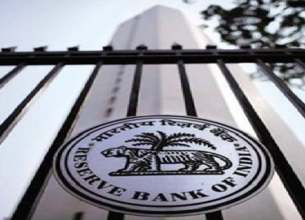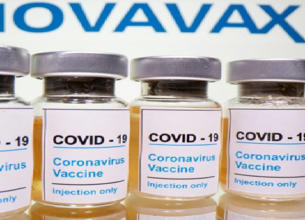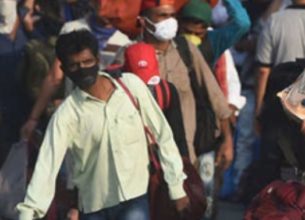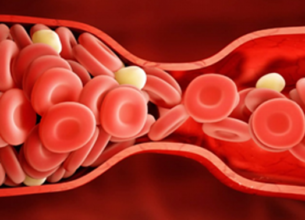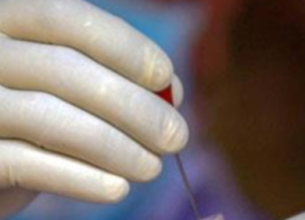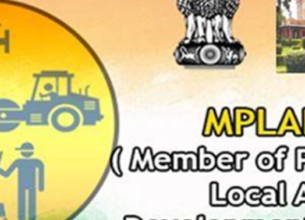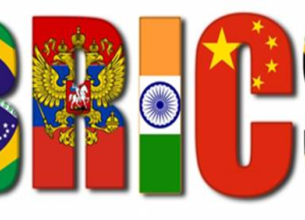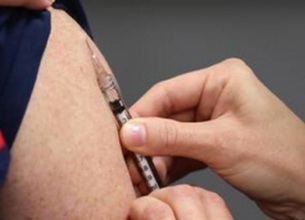CONTACT TRACING
20, Mar 2020
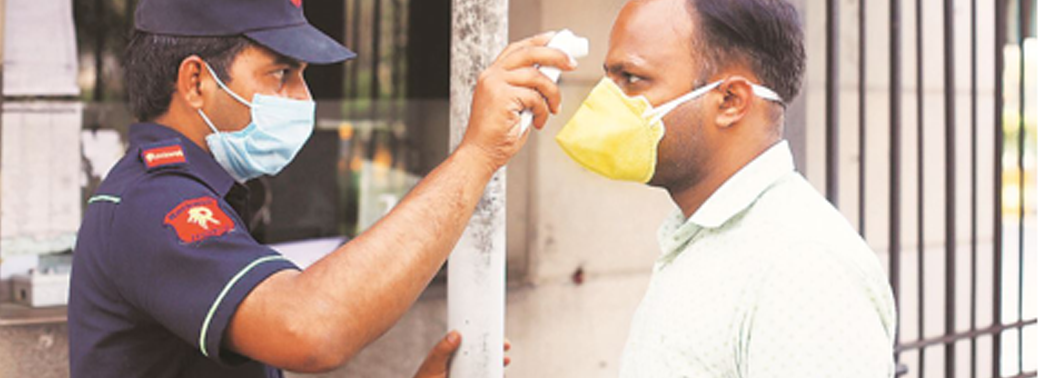
Prelims level : Governance - Health & Education, Disaster Management Unit
Mains level : GS-II Issues relating to development and management of Social Sector or Services relating to Health, Education, Human Resources.
Why in News?
- Contact tracing is the process of identifying, assessing, and managing people who have been exposed to a disease to Prevent Transmission.
ICMR Guidelines:
- As per Indian Council of Medical Research guidelines, which are also directions that have sound public health sense behind them, people who may have been exposed to the virus are to be followed for 28 days from the date of the probable last exposure/arrival from affected countries.
- Any person who has had contact with the index patient under investigation/treatment for suspected, probable or confirmed case of SARS-COV-2, should be monitored for the appearance of symptoms.
Who is a Contact?
- Anyone who provided care for the suspect or confirmed case, including a health care worker (including those involved in cleaning, waste management, laboratory technicians, doctors) or family member, or anyone who had close physical contact; anyone who stayed at the same place (lived with, or visited) while the index patient was symptomatic.
- If symptoms appear within the first 28 days following the contact, the individual should be considered a ‘probable’ case and reported through the Integrated Diseases Surveillance Programme network to the National Centre for Disease Control.

Tracing Contacts:
- As soon as the single event (confirmed SARS-CoV-2) is detected, contact tracing must be aggressively implemented, and preferably to be completed within 48 hours.
- The contact tracing shall preferably be done by visiting the local residence of the contact(s) by a member of the health services team.
- On meeting the ‘contact person’, the visiting health worker should explain the purpose of contact tracing and collect data in a prescribed format.
- It is important to identify the social networks of the first patient and travel history during the 28 days after the onset of illness.
- Contacts should be traced and monitored for at least 28 days after the last exposure to the case patient for evidence of COVID-19 symptoms to emerge.
Symptomatic Contacts:
- Persons who have fever and cough and a history of contact with a confirmed case within the last 28 days should be referred for isolation for strict infection control.
- Samples must be collected and sent to the designated laboratory for testing, and appropriate medical management must begin.
- If contacts show symptoms, they may be isolated at a health care facility or at home until the results come in.
- Once confirmed as positive for SARS-CoV-2, they must be shifted to a proper health facility.



